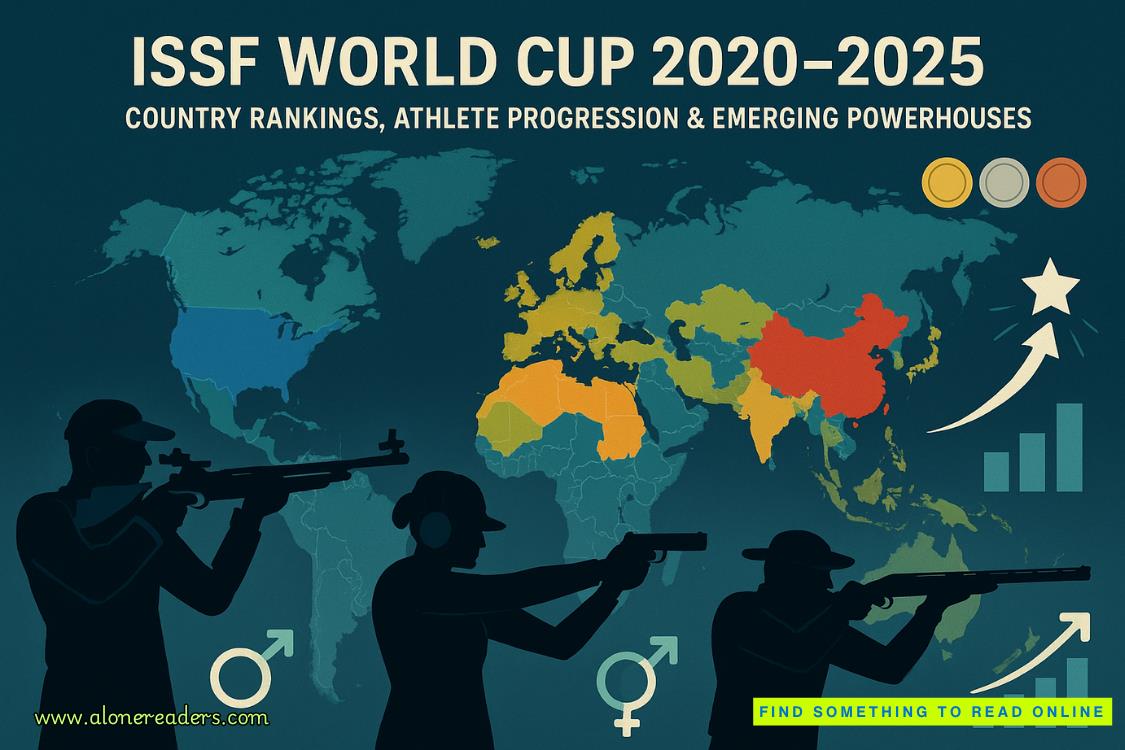Page 4 of Held Captive
Maggie sighs again, rubbing her temples. She suddenly looks years older than she is, dark circles showing through her pale skin around her eyes. “You’re right. I wish you weren’t, but you are.” She goes to the fridge and returns with two cups of ice. Pouring each of us a hefty cup of energy drink, she leans back in her chair and closes her eyes.
“I started noticing about two months ago. We had this body come in, Jane Doe. She was emaciated, couldn’t have been older than late teens. We weren’t really able to positively determine her age. No hits on state facial recognition, prints, DNA, missing persons. Then we ran her face through immigration; no matches to their systems either. Doc says cause of death, malnutrition. Not surprising, right?” She takes a breath. “But get this, the type of malnutrition, scurvy.”
“Wait,” I pause her, “scurvy as in ‘ahoy, mateys’?”
“Yep. That’s the one. Do you have any idea how hard it is to get scurvy in the modern era? Basically anything and everything has vitamin C. It’s even a preservative in a lot of processed food.”
“So she literally starved to death? Ate so little for so long she died of a basically unheard of disease?” It seems so bizarre to me.
“Yep. Doc couldn’t believe it.” Her face shows me that she doesn’t believe it either.
“You said that was the start, are there more?” I ask.
She nods. “Yeah. Excluding those we can identify or determine a clear cause of death, we’ve had twenty-two in the last two months.”
“Twenty-two unidentified remains?” It’s shocking, even to me.
“Yeah, and they are all so similar. Young, very young, probably fifteen to twenty years old. No obvious health problems, no identification. No missing persons reports. Doc said some of the dental work on a couple was suggestive of third world care, but again, no facial recognition, so they never came through immigration. All some degree of emaciated and dehydrated, but not as bad as the first. Mixed ethnicities; a few would come in that were all Asian, then later Hispanic and Caucasian. It’s like coming to work and wondering what the theme of the day would be. Most ended up with a general diagnosis of malnutrition as cause of death. One was indeterminate; she had sea water in her lungs but was found by the docks, so no one could tell if that was pre- or post-mortem. One had a gunshot wound to the head. Close range, from behind. A few had ligature marks around wrists or ankles.”
Maggie is starting to look a little green. I’ve seen her casually scooping brain matter into a Ziploc bag like she was packing a lunch. Something is clearly wrong to bother my unflappable friend. After she takes some fortifying sips of her caffeinated beverage, I ask, “Anyone have theories so far?”
“I don’t know. Honestly, the whole thing started to majorly creep me out.” Maggie shivers involuntarily.
“Who is handling the case?”
“Let me check real quick.” She pops up and goes to the file room. Plopping a thick stack of folders on the desk, she starts flipping through them. “Looks like it’s Detective Reynolds at NYPD.”
Rats. I don’t know him.
Maggie smiles for the first time since this depressing conversation started. “I think I hear something in the refrigerator drawers. I should make sure the zombie apocalypse hasn’t started without me.” She grabs her drink and walks out.
The files are sitting on the desk. Well, you don’t need to tell me twice. I flipped to the beginning of the stack and started taking pictures of the documents with my phone. For Maggie’s sake, I need to keep it brief. Middle of the night or not, it wouldn’t look good if someone happened to find a reporter pawing through official documents. I focus on the face sheet of each file, which gives the highlights, a physical description of the remains, a summary of findings and cause of death, and the dates and locations the bodies were found. I send the photos to my Dropbox as soon as it’s done. You can never be too careful.
I hear Maggie coming, casually whistling down the hallway. I’m lounging in the guest chair with my feet up on the desk when she comes back. “How are the zombies?”
“False alarm. I’ll keep a watchful eye out though. You’ll be my first call.”
“Thanks, babe.” I grab my purse.
“Hey, Rocky?” Maggie stops me as I start to leave. “Be careful, ok?”
“I’m always careful, Maggie!” I say it casually over my shoulder. Neither of us believes it anyway.
Thoroughly creeped out, I treat myself to a cab ride home. Something about dozens of dead women just makes me not want to ride the subway in the wee hours by myself. I’m more convinced than ever that there is a story here. A big story.
When I get home, I print out the photos I took and lay them on the floor in front of me. Twenty-two women.
“Jesus fuck,” I mumble. “What the hell is wrong with this world?”
After sorting and shuffling and sorting again, a pattern starts to emerge. The bodies are found in clusters. Several will be found over a few days, then nothing for a week or more. Then more bodies. Each wave is primarily dominated by a single ethnic group. The locations are a bit more sporadic. Some were found near the docks, some found in dumpsters around the city.
The realization hits like a ton of bricks. “It’s trafficking.” These girls are being trafficked and dying, either on the way or when they get here. But what’s changed? Why are the bodies only showing up now?
CHAPTER6
Ispent what was left of the night tossing and turning, my mind racing with details. Then I dress and set off for an early morning run.
I’m running with no particular destination, just my feet and the concrete. I have a passive understanding of human trafficking, but haven’t worked with the subject before. I do have some connections with the NYPD, just not the detective in charge of the case, which, honestly, is a good thing. It’s an active investigation; the lead detective isn’t likely to be feeling chatty with a reporter.















